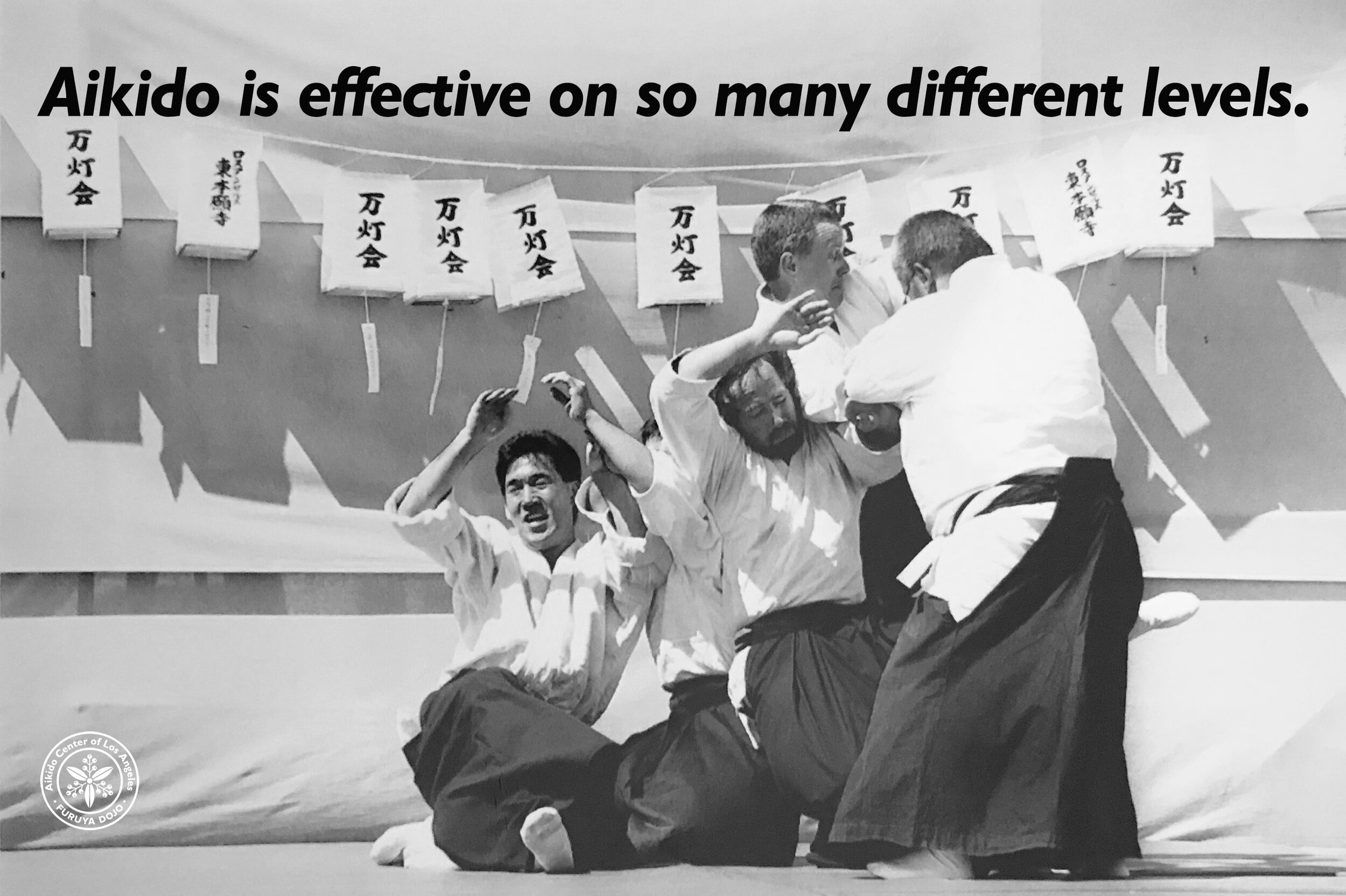Throwback Thursday - The Mathematics of Practice
Furuya Sensei posted this to his Daily Message on May 21, 2002.
A young student came up to me a while back and said: "I don't think ikkyo works very well as a fighting technique!" I only replied: "You need more practice," and didn't say anything else because I really don't want to answer such a silly question.
Many aggressive, young students practice very little and after a few months or years, begin to think, "I have mastered everything." Maybe if a student practices ikkyo everyday during class, maybe they would only do ikkyo about 10 or 20 times at the most, considering they are practicing other techniques as well during each class. If they practice ikkyo 7 days week in every class, maybe they would practice ikkyo about 70 to 140 times or, at the most, about 550 times a month. Not much according to my mathematics.
It is just like suburi or “cutting practice.” I see students practice bokken suburi but they only do a couple of hundred at a time during class. Most students do not practice suburi everyday in class, even less at home. If they did 200 everyday, I would say it is very good for the normal student. This comes to about 600 swings with the bokken a month. However, in general, I see most students only do a couple of hundred suburi about once or twice a month, if any at all. My old kendo teacher used to do suburi 3,000 times a day, without fail, everyday. This comes to about 90,000 times a month. My teacher was a strong 8th Dan at the time. In proper ratio, how many times should we be doing suburi each day? Please do the math.
When I see students practicing jo. Everyone's most jo thrusts are so weak. Maybe students on the average do thrusting practice with a jo class about ten or twenty times, how many jo classes are there in one week, or one month, or every year? Please do the math. No wonder their jo thrusts are so weak! One of my good friends is a well known Kung Fu teacher and he mentioned the same question to me about his long spear class. His student did about 500 thrusts and said that it didn't work. My friend commented, "Only 500? Maybe he should look after one million!" Yes, in Aiki Jo, as well, we should see our jo thrust after a million thrusts - maybe it will even begin to slightly resemble something like what O'Sensei had in mind. To do a million jo thrusts, about how many thrusts with the jo do we have to make each day, if we were going to accomplish this in maybe one year, or two years? Please do the math.
Nowadays, students want to do "instant" martial arts and teachers are out there to take their money promising such things. Please do not insult me! Is instant martial arts something like instant ramen? How much does it cost? And how much will it cost you in the end ultimately? Please do the math!
Watch Furuya Sensei being interviewed on The Collector’s Gallery






















